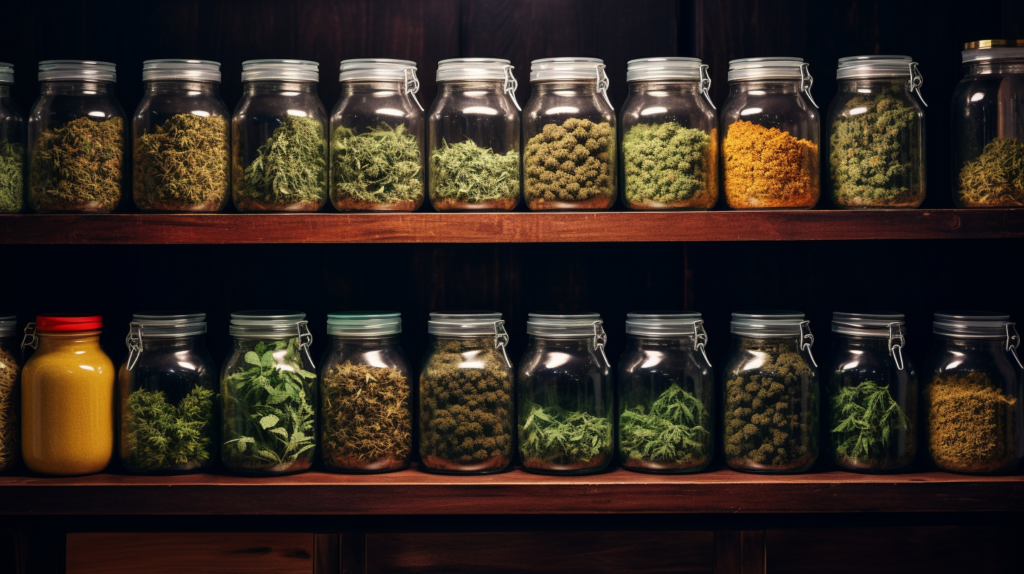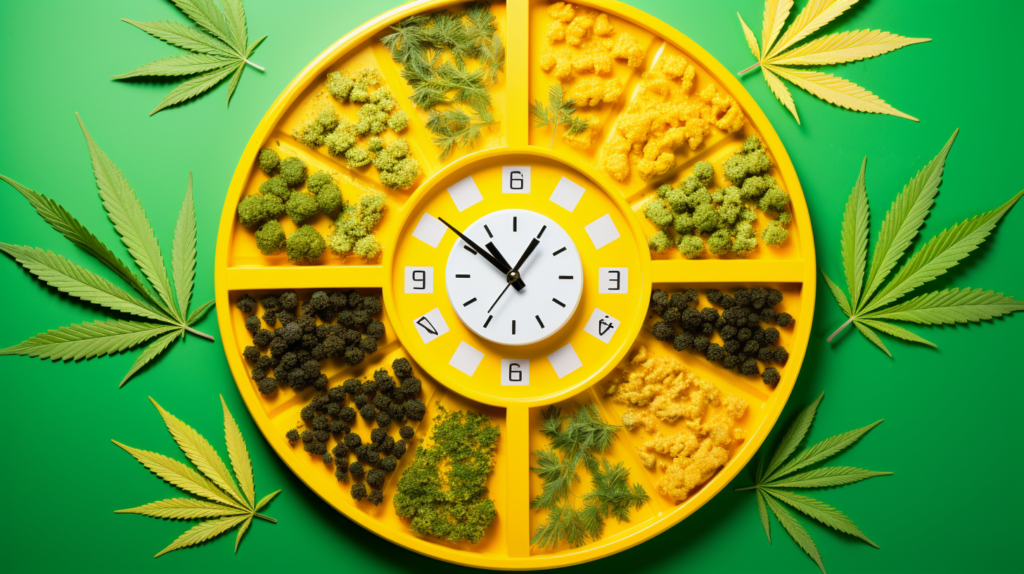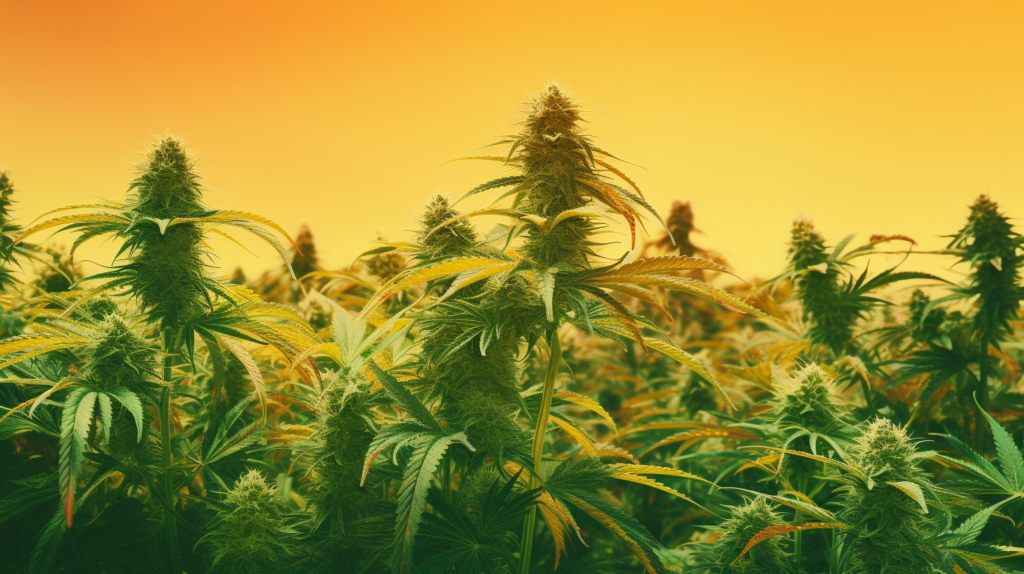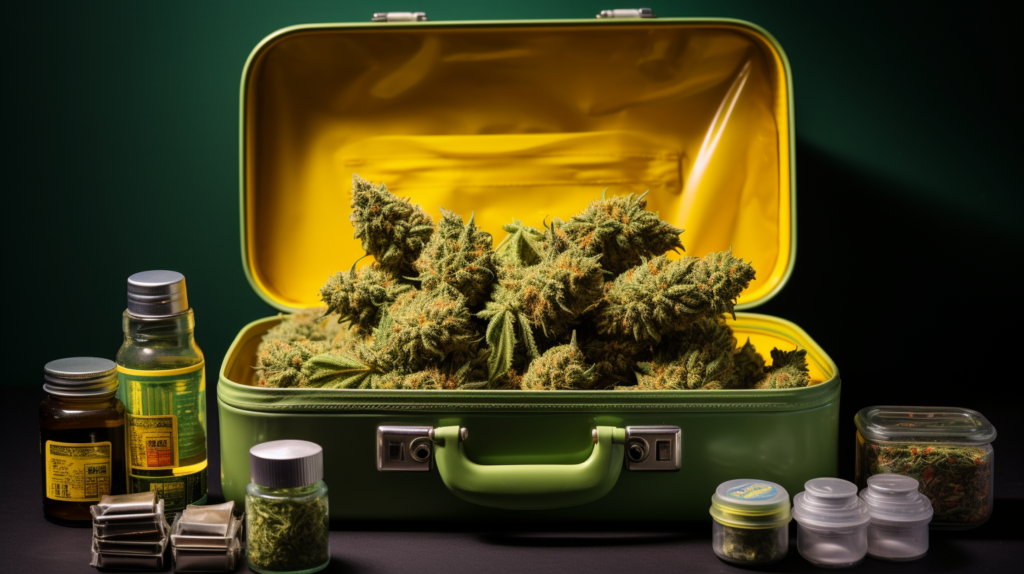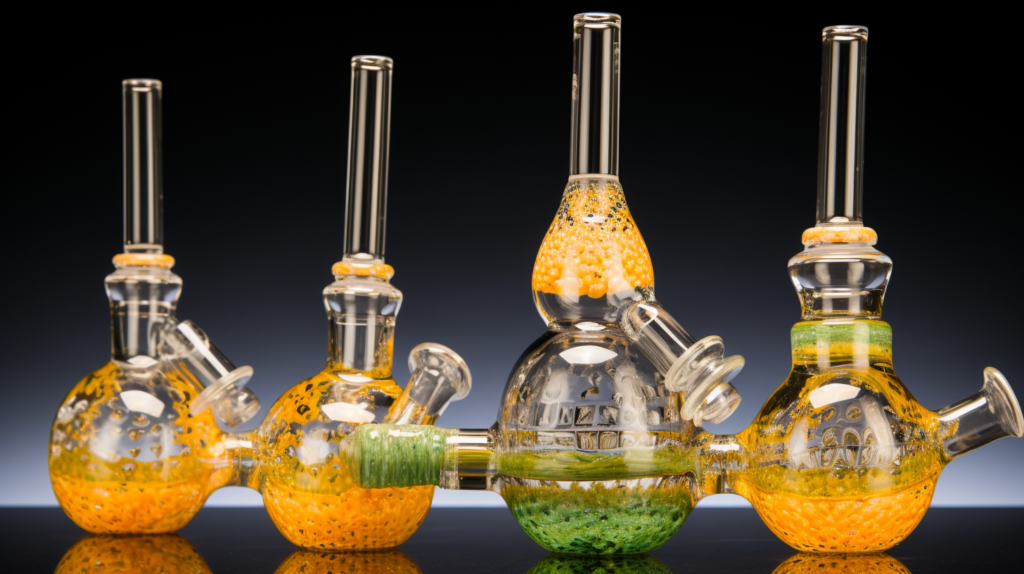Diesel, Haze, Kush & Skunk
In a very general world, you may be familiar with the categorizations of cannabis as Indica, Sativa, and Hybrids. Indica is known for its chill, calming effect while sativa is thought to deliver something more energetic. Hybrid thereby meaning a balance of the two. For those of you who know a little more might have heard of Ruderalis as well, which is a low THC variety of the cannabis plant. But what does it all actually mean and are these categorizations accurate? Modern age says no. What gives the plant the effects you feel comes from countless other factors, from growing conditions (i.e. temperatures, soil, etc) to terpenes (what we call the unique flavors and aromas). Let us break it down for you.

Horticulturally speaking, the cannabis we know and love for its psychedelic effects comes from the cannabis Sativa family. Categories such as Indica, Sativa, and hybrid were used to describe plants that came from different regions of the world. Because of the environmental conditions and genetics, the plant grows in different ways and as a result, delivers different effects. Generally speaking, sativa strains grew naturally in areas that were closer to the equator and adapted to thrive in this hot climate with little water. Indica strains historically grew in more temperate mountainous areas, and these plants adapted to survive the colder winters of their natural habitat.
High Guide Lo Friesen: Genetically the Indica plant was shorter and bushier and had thicker leaves, and the Sativa plant would grow really tall and lanky.
So while using the terms “Indica” and “Sativa” were effective a hundred years ago, with how growing culture has changed the chemical structure of the plant and many different strains were born over the years, these terms are no longer scientifically accurate. They do, however, help communicate what type of experience someone is looking for when picking a plant. If you’re a wine lover, you know about terroir, a French term used to describe the complete natural environment in which a particular wine is produced and just like wine and food. Terroir is also critical to weed. The elements, soil, light climate, all influence its original genetics, nature, nurture, right variations and growing conditions can produce two very different cultivars or cultivated varieties of a single strain. So the Blue Dream from one grow may look, smell and make you feel different from a Blue Dream from another grow with different terroir, even if the Blue Dream seeds were the same.
Allow us to break down the strains into four main families: The Kush Family, the Diesel Family, the Haze Family, and the Skunk Family.
DIESEL | Diesel strains offer energizing, cerebral effects, perfect for inspiring creativity, and are marked by a distinct diesel gas and tart citrus aroma.
HAZE | A Haze strain offer a clearheaded, energetic, and focused high. However, this strain variety also promotes a deep sense of relaxation that follows the intense cerebral high.
KUSH | Hear about kush but find yourself asking “What is kush?” It’s one of the most commonly mentioned strain families so we get it. Kush strains derive their name from the Hindu Kush mountains in Afghanistan where growing conditions, the terroir, influence the structure and chemistry of indica plants. Kush strains are some of the most popular strains available on the market today. Think OG Kush, a staple of hip hop lyrics for decades, characterized by dense nugs and a sweet lemon piney aroma. Kush strains typically offer a welcome and warm body buzz with an exceptional dose of euphoria. You will get real high is what that means.
SKUNK | Known for their skunk-like aroma, Skunk strain varieties, or cultivars, provide a balanced and uplifting psychoactive effect and full body buzz. First developed in the 1970s, this cannabis strain family is considered to be one of the most important strain groups ever created.



